Monarchs are not only beautiful butterflies, they also play an important role within the pollination cycle and local ecosystems.
But what are they up to when you don’t see them in the colder seasons?
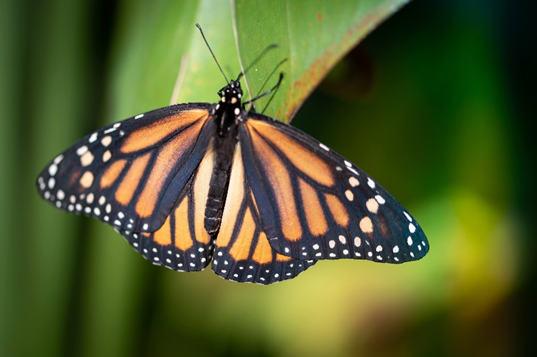

Monarchs Migrate
Just like many birds, monarch butterflies migrate south for the winter. Their delicate bodies are not able to survive the harsh cold of winter. Besides the weather being too chilly, the main food source for monarch caterpillars, milkweed, dies off in the late fall.
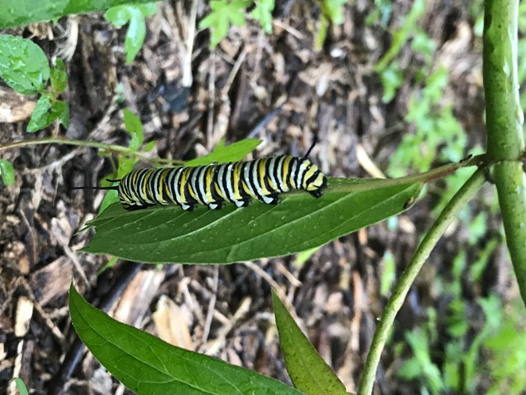

During every fall, usually from late August through early October, massive clouds of monarchs make the long 2,500-mile trek south where they live in hibernation for six to eight months. Then in February or March, they return home to start their cycle over again. In fall they migrate south, then they overwinter. When spring comes back, they head back to their home, and start their breeding process in the summer. Then, everything starts all over again!
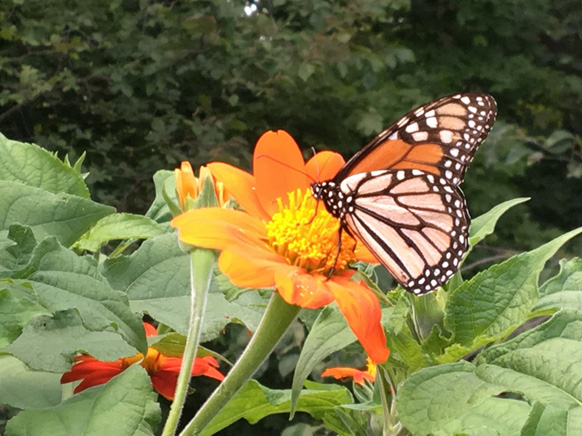

Typically, most monarchs spend their winter seasons in Mexico. Monarchs have the incredible ability to find the same Oyamel fir tree where generations before have spent their winters.
If monarchs live more to the west of the Rockies, they will most likely migrate to Pacific Grove, California where they overwinter in eucalyptus trees!
Monarchs are one of the few insects that we know of hat migrate to warmer climates.
Threats to Monarch Migration
This remarkable journey is a large part of what makes the monarch so special. The migration cycle is admired by people around the world as they see the thousands of monarchs making their trek across the country.
But there are a few threats to the monarchs that are limiting their migration, and making it hard for the monarchs to make this journey successful.
The loss of milkweed plants have been detrimental to the monarch population. Milkweed is the only food source that the caterpillars can consume. Without milkweed, they are unable to survive.
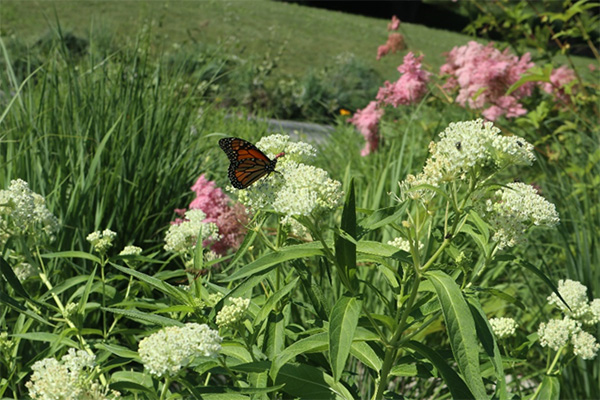

The monarch’s winter homes are also threatened. Many of the Oymel Trees in Mexico are being cut down by illegal harvesting of the forests. Without these trees, the monarchs have nowhere to rest.
Climate change has become a major threat to their migration cycle. Due to the rising temperatures, it is difficult for them to differentiate the time frame for their flight. With the autumn and winter seasons becoming warmer, this changes the monarch migration and breeding range. This can lead to them changing their migratory patterns.
The use of pesticides to kill unwanted pests also pose a serious threat to monarch caterpillars. The usage of pesticides can kill the monarch caterpillars, and even the butterfly themselves, and hurt the overall population of this butterfly species.
How You Can Help
The first thing you can do is to learn about monarch caterpillars and monarch butterflies. Discover what they eat, when they tend to migrate, and any valuable information about their habitats.
You can then plant native plants and milkweed in your yard to help caterpillars eat, monarchs pollinate, and a habitat for them to live.
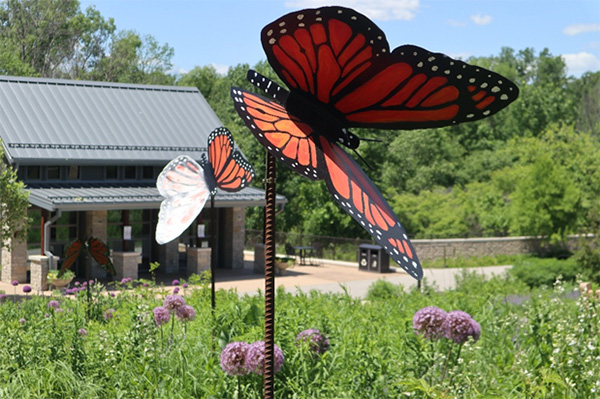

Look into alternative pest control options that don’t include harmful chemicals.
Advocate and help climate organizations and see if there are ways you can further efforts at home. Whether that’s planting a tree, cutting down on gas usage, or something else!
Protecting monarchs means protecting their habitats, and our environment as a whole. Visit Green Bay Botanical Garden to experience Habitat in person and discover even more about the magnificent monarch!
Habitat was developed by Smithsonian Gardens and is made available by the Smithsonian traveling Exhibition Service.
Sources:







